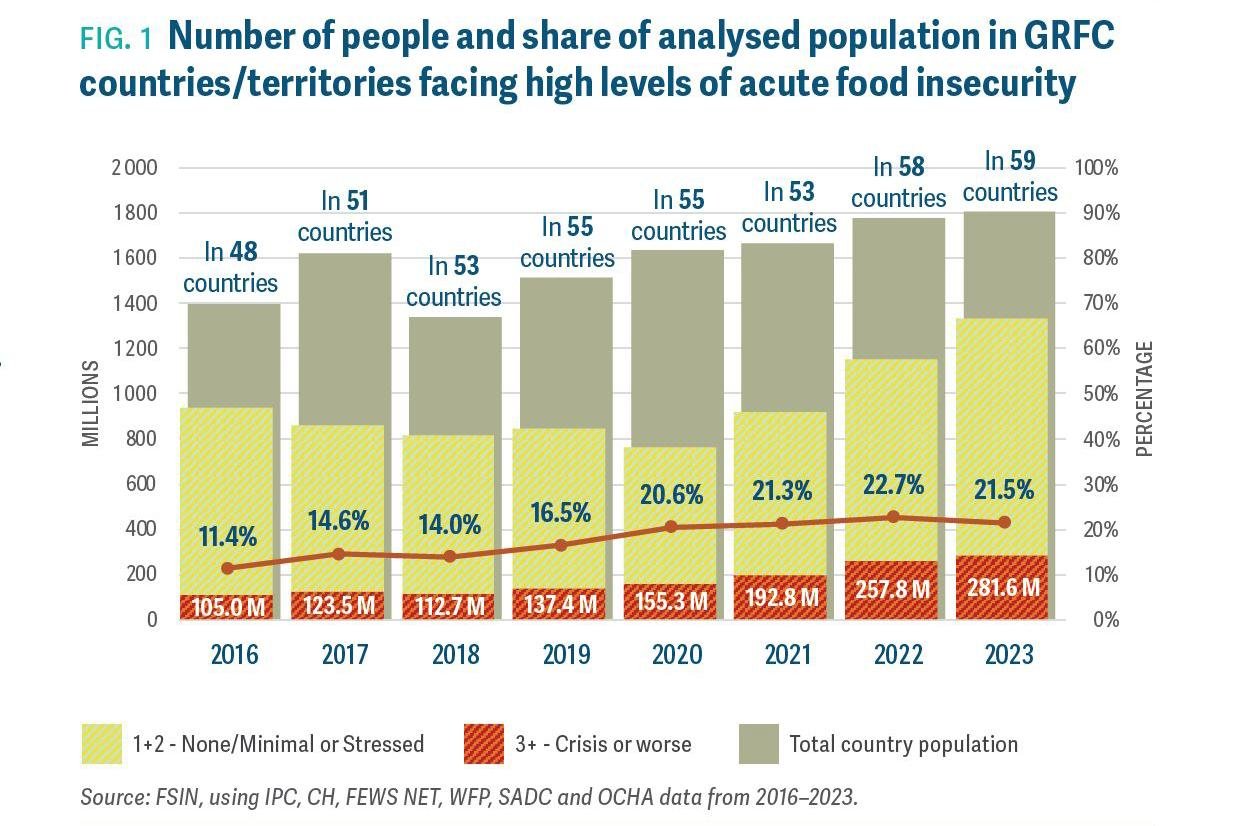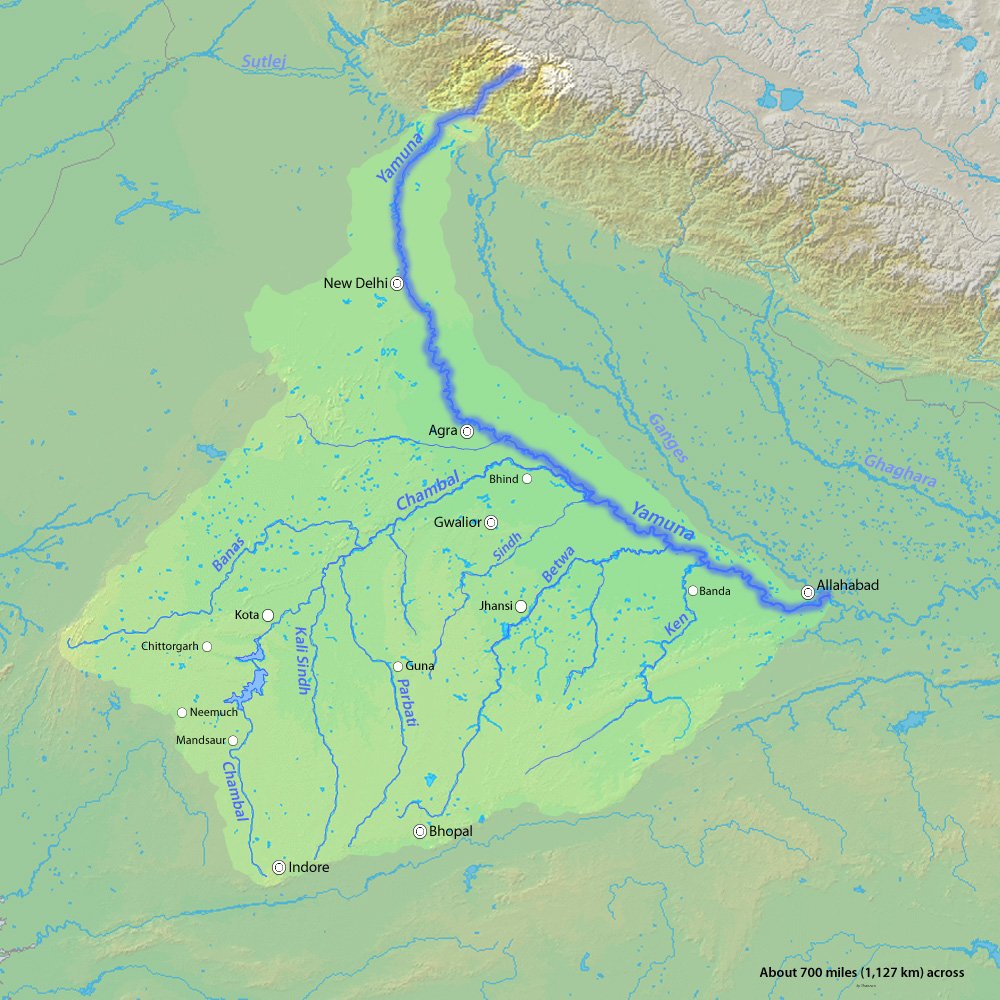
Increasing Natural disaster in the Himalayas
Subscribers of "Current Affairs" course can Download Daily Current Affairs in PDF/DOC
Subscribe to Never Miss an Important Update! Assured Discounts on New Products!
Must Join PMF IAS Telegram Channel & PMF IAS History Telegram Channel
- Context (DTE | DTE | DTE): The Himalayan region accounted for 44 per cent of all the disasters reported in India.
- Of the 687 disasters that the country experienced between 1900-2022, 240 were in the Himalayas.
- An analysis of data available on the EM-DAT international disaster database shows that the Himalayan states and UTs account for 18% of the country’s geographical area but have experienced 35% of the major disasters over the last 110 years.
- Sikkim saw the highest number of landslide incidents.
- In recent decades, these disasters have occurred more frequently and are getting more severe, causing a significant loss of life and damage to property.

Reasons why Himalayas are prone to natural disasters?
Natural
- Being the youngest mountain range in the world, they are highly prone to erosion.
- They are tectonically active leading to the continuous upliftment of the mountain, the region falls in a very high seismic zone.
- Cloud bursts are frequent in Himalayas due to its unique topography and steep slopes. This results in floods & landslides.
- For example, the most devastating landslide took place in Uttarakhand in 2013.
- In some areas, soil has extremely low water retention ability. This makes the region conducive for landslides during periods of high rainfall. For example, Darjeeling.
- Bank erosion is also extensive wherever the rivers take a sinuous course.
- Together, these factors make the Himalayas extremely susceptible to natural disasters like earthquakes, landslides, subsidence, floods, snow avalanches, cloud bursts and forest fires.
Man-made
Climate Change
- The Himalayas are warming faster than the global average (IPCC). Under this scenario, the Himalayan glaciers would lose 10-30% of their mass by 2030. This change in glacial mass in the Himalayas could trigger more earthquakes.
- Further melting up of glaciers and unpredicted heavy rainfalls in the Himalayas can induce Flash floods.
Ecological Stress
- Population growth, tourism and industrial activity strain the fragile Himalayan ecology.
- Common threats include deforestation, soil erosion, and pressure on limited land.
Unplanned construction
- The construction of large-scale hydropower dams can induce earthquakes (reservoir-induced seismicity (RIS)).
- Unplanned construction and hydroelectric projects also make Himalayan slopes highly unstable, leading to landslides.
- Permitting construction beyond the carrying capacity of the region. This has led to the submergence of land.
- For example, evidence of land submergence has been found in Joshimath up to a depth of 20 to 50 metres.
- Forest conversion for agriculture and Construction.
- For example, In Shimla, by frequently changing the by-laws through amendments, the authorities have allowed constructions in the 17 locations identified as forest areas or green belts, which is in direct conflict with the National Forest Policy, 1988 (NGT).





![PMF IAS Environment for UPSC 2022-23 [paperback] PMF IAS [Nov 30, 2021]…](https://pmfias.b-cdn.net/wp-content/uploads/2024/04/pmfiasenvironmentforupsc2022-23paperbackpmfiasnov302021.jpg)











